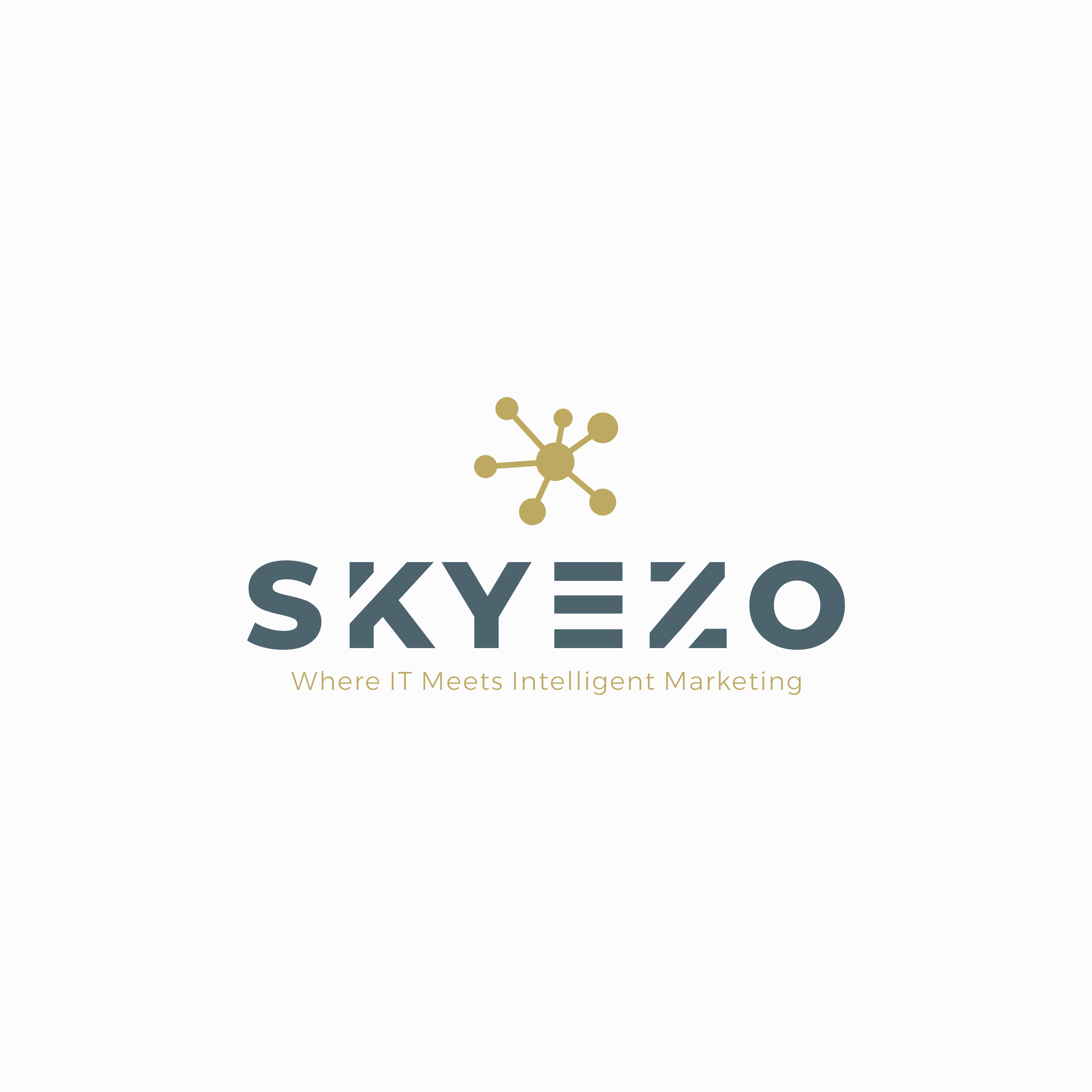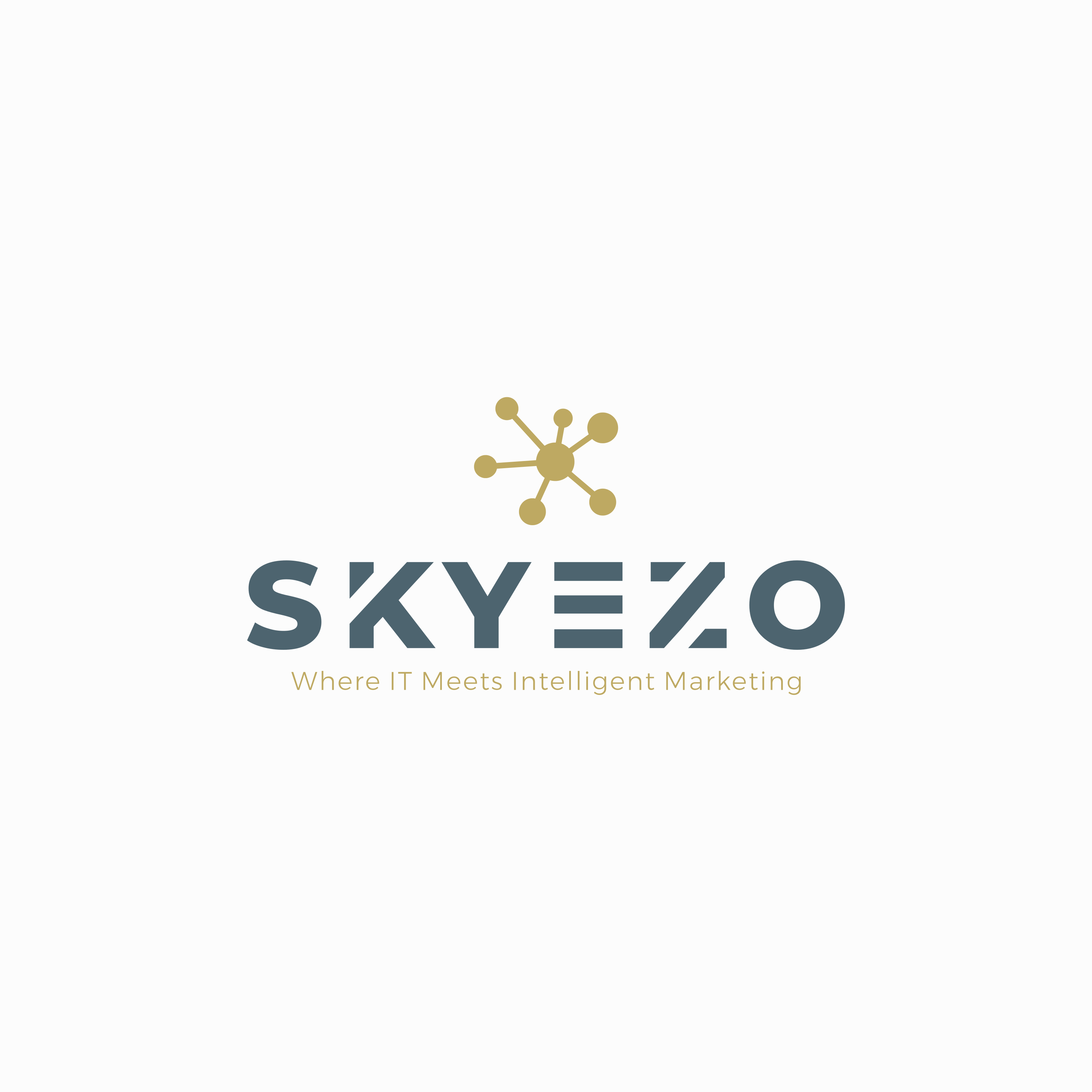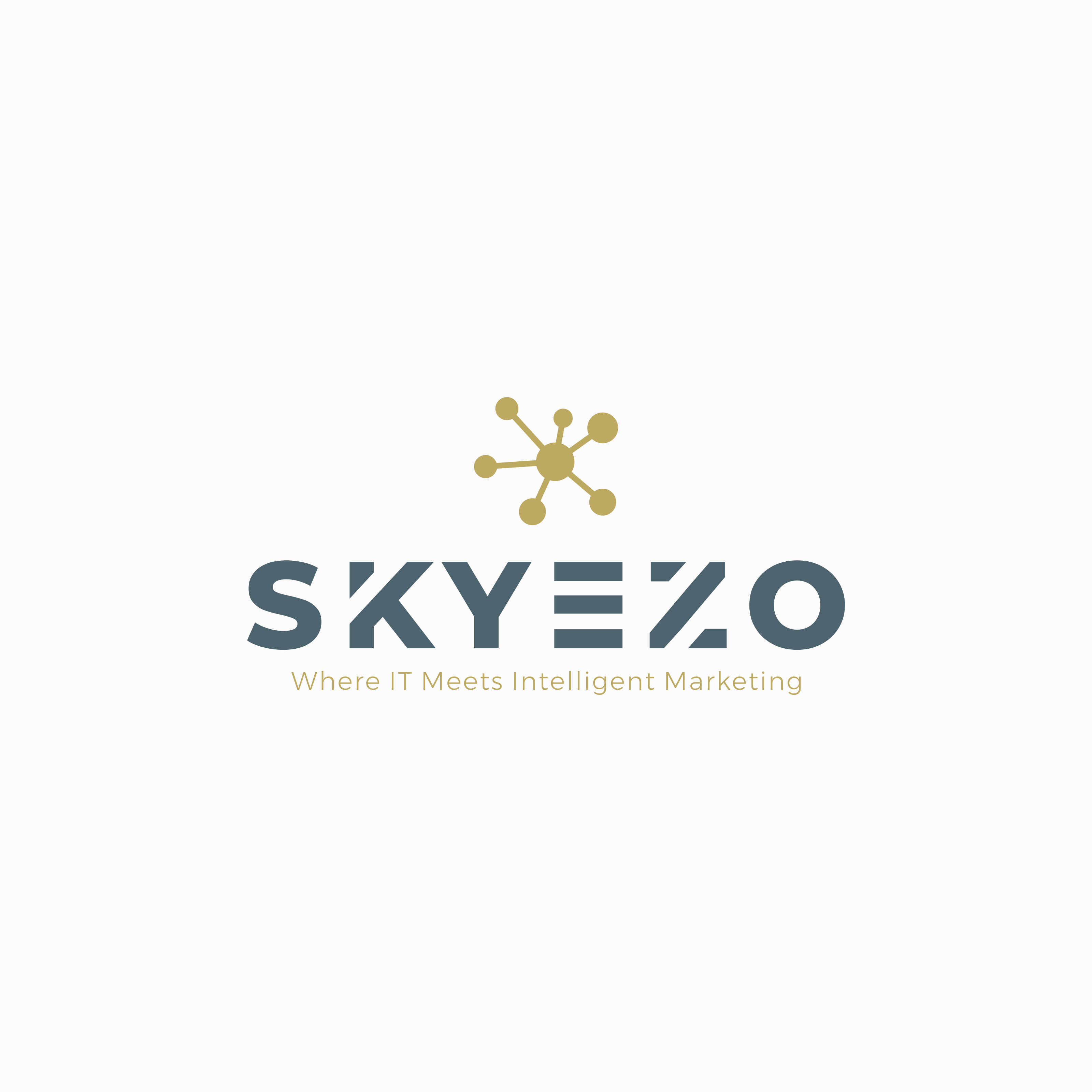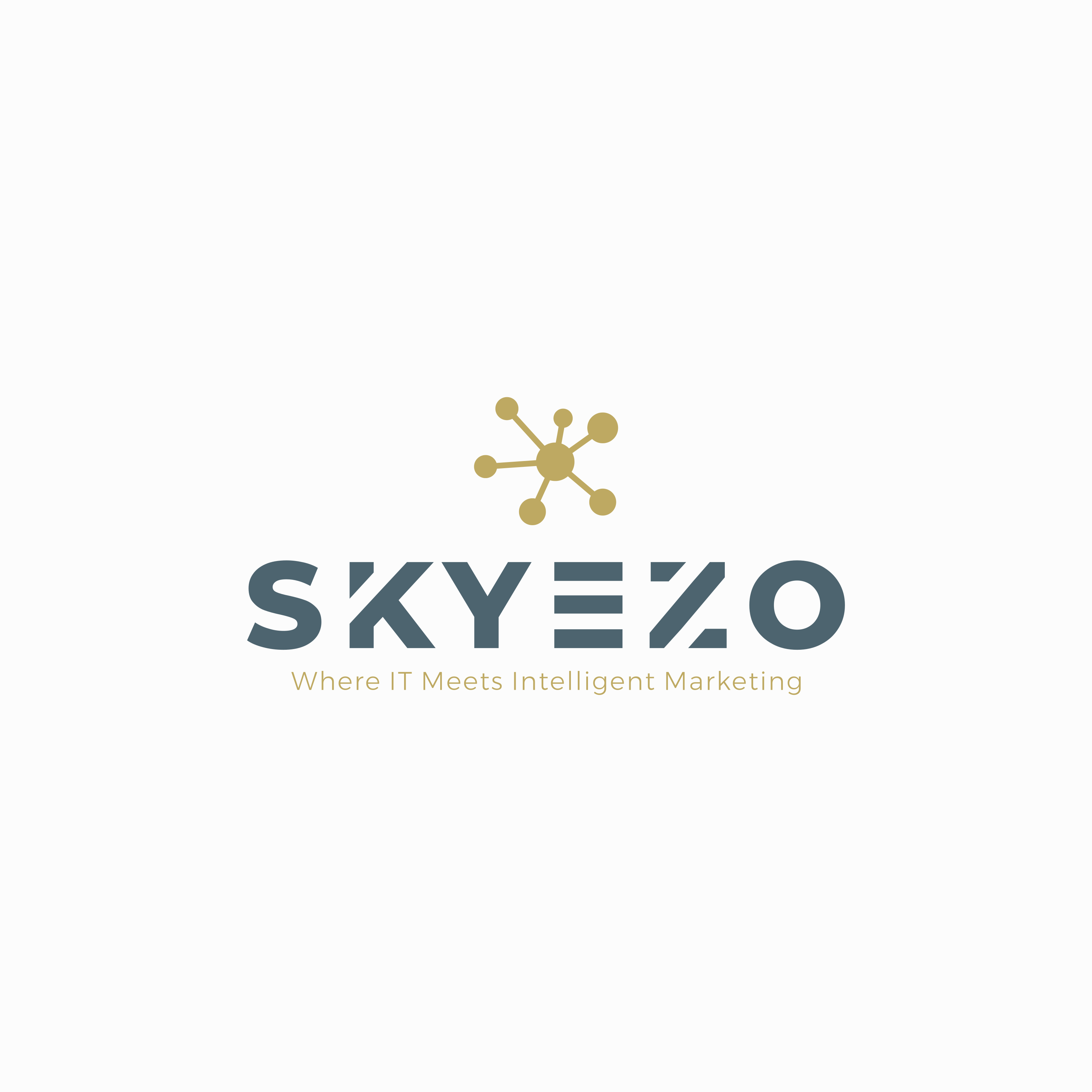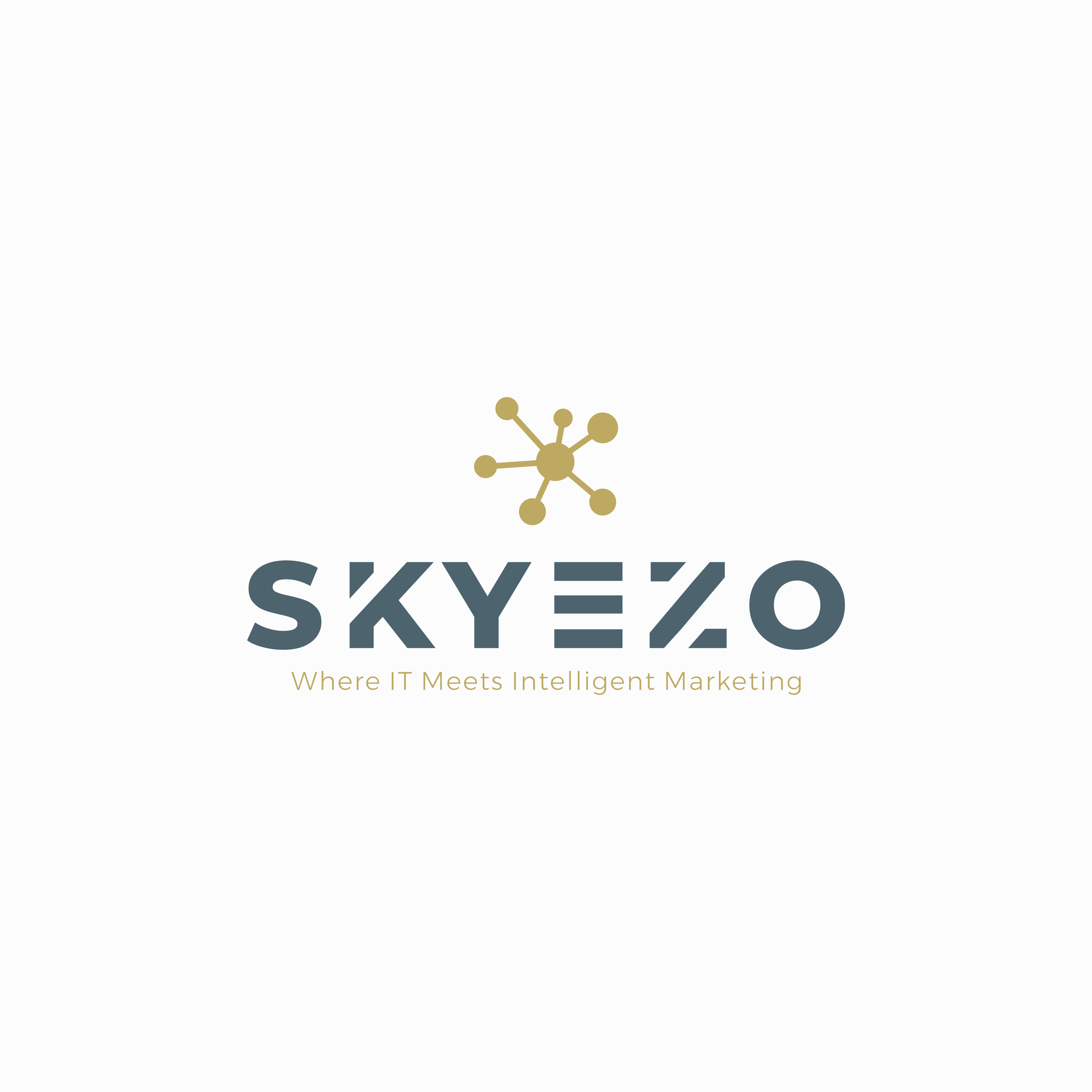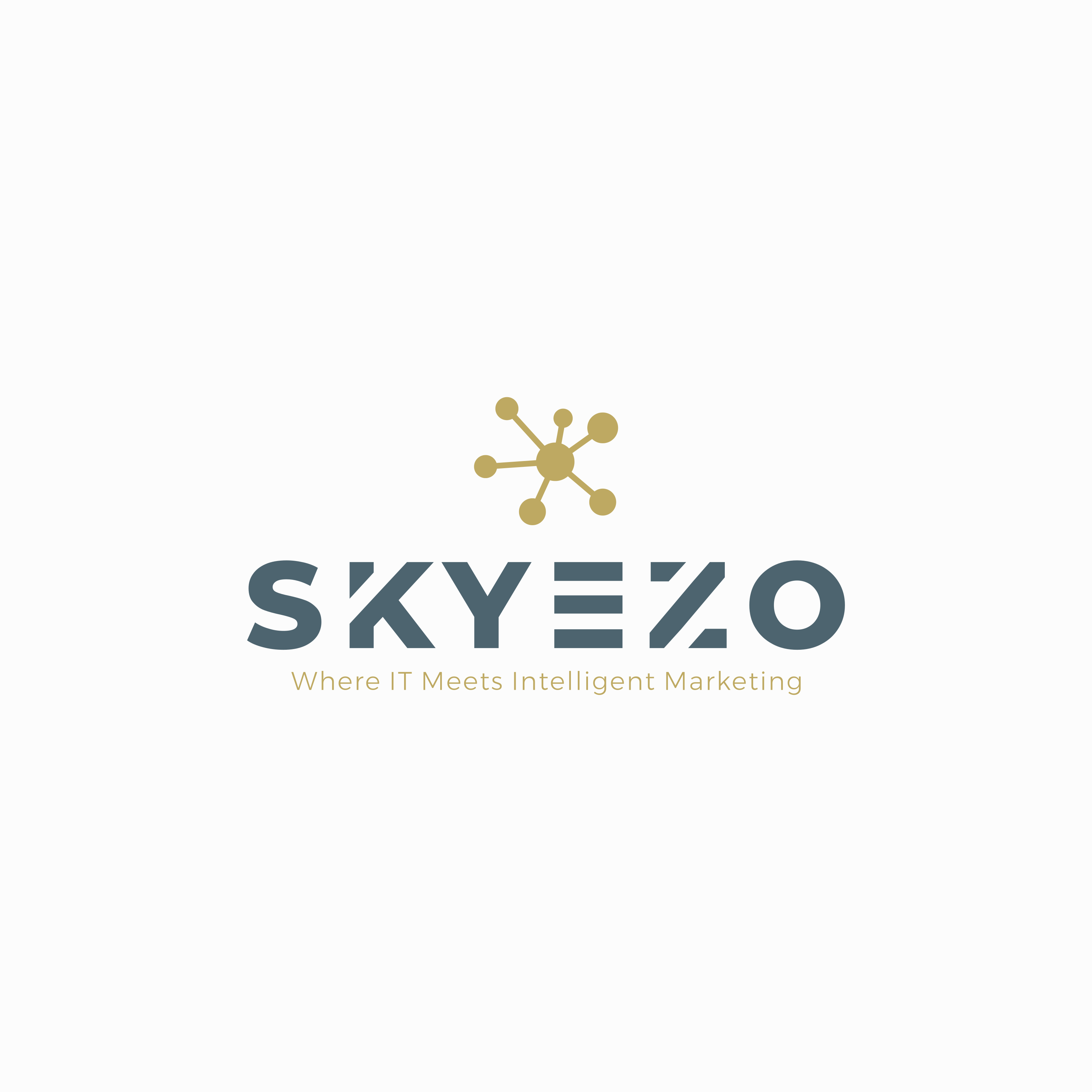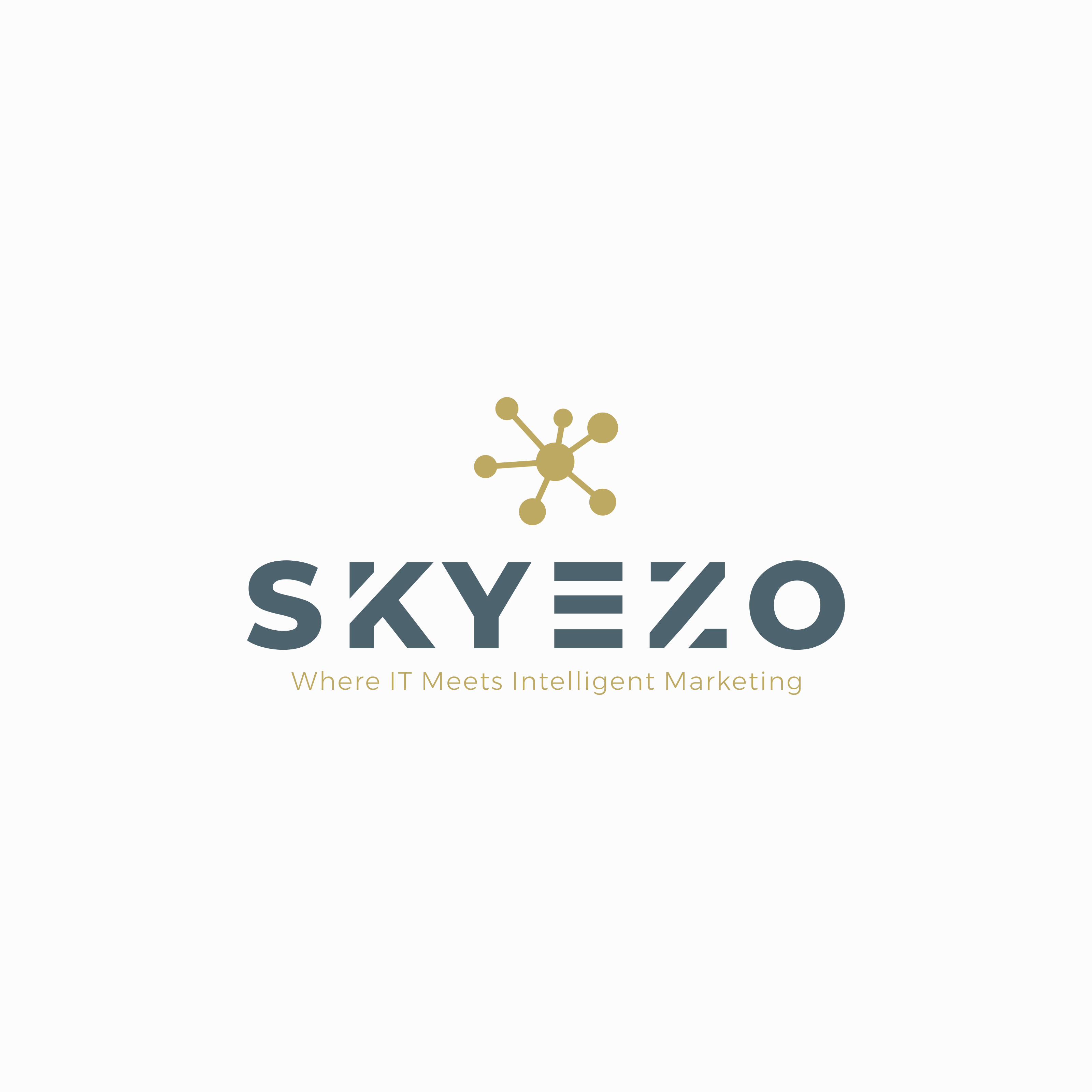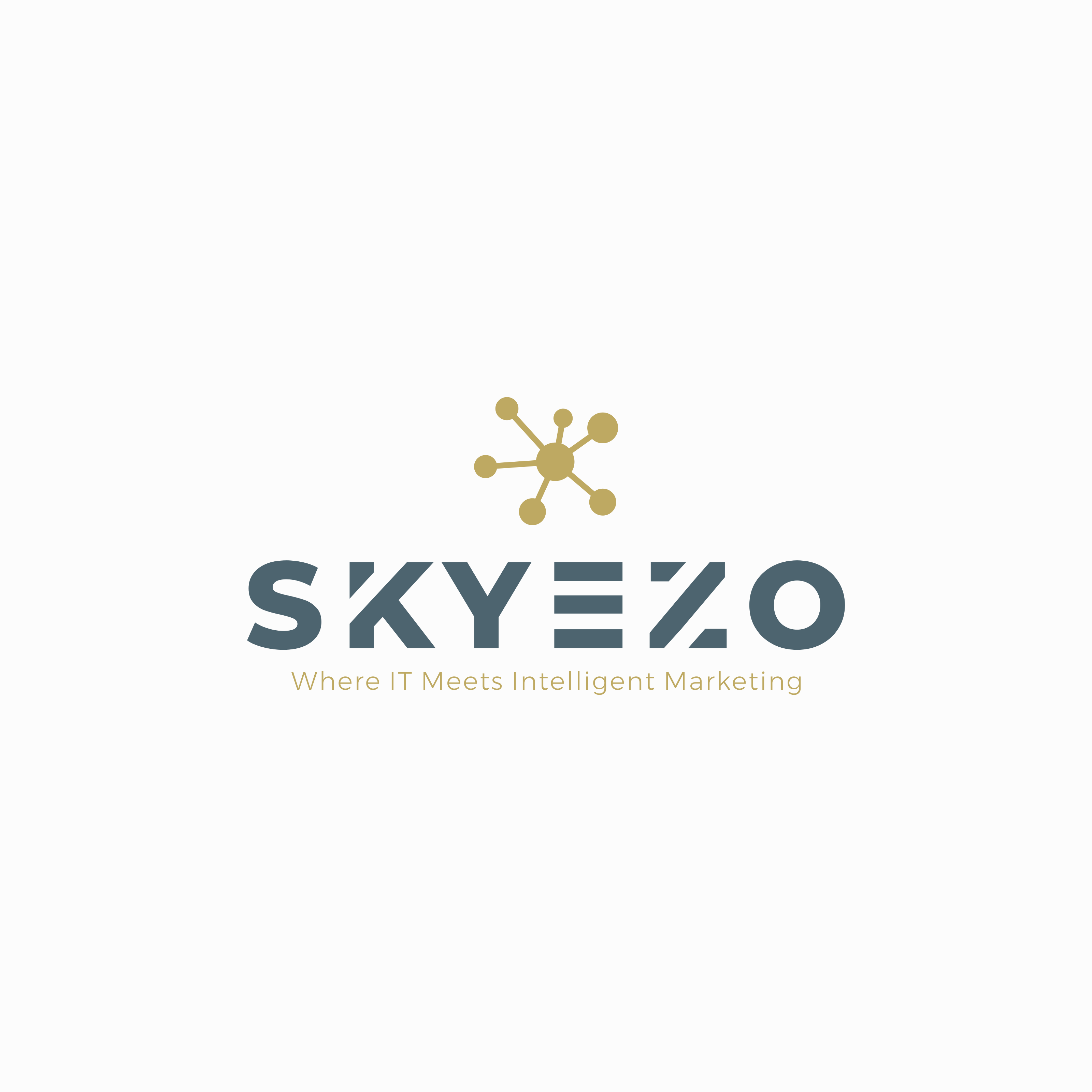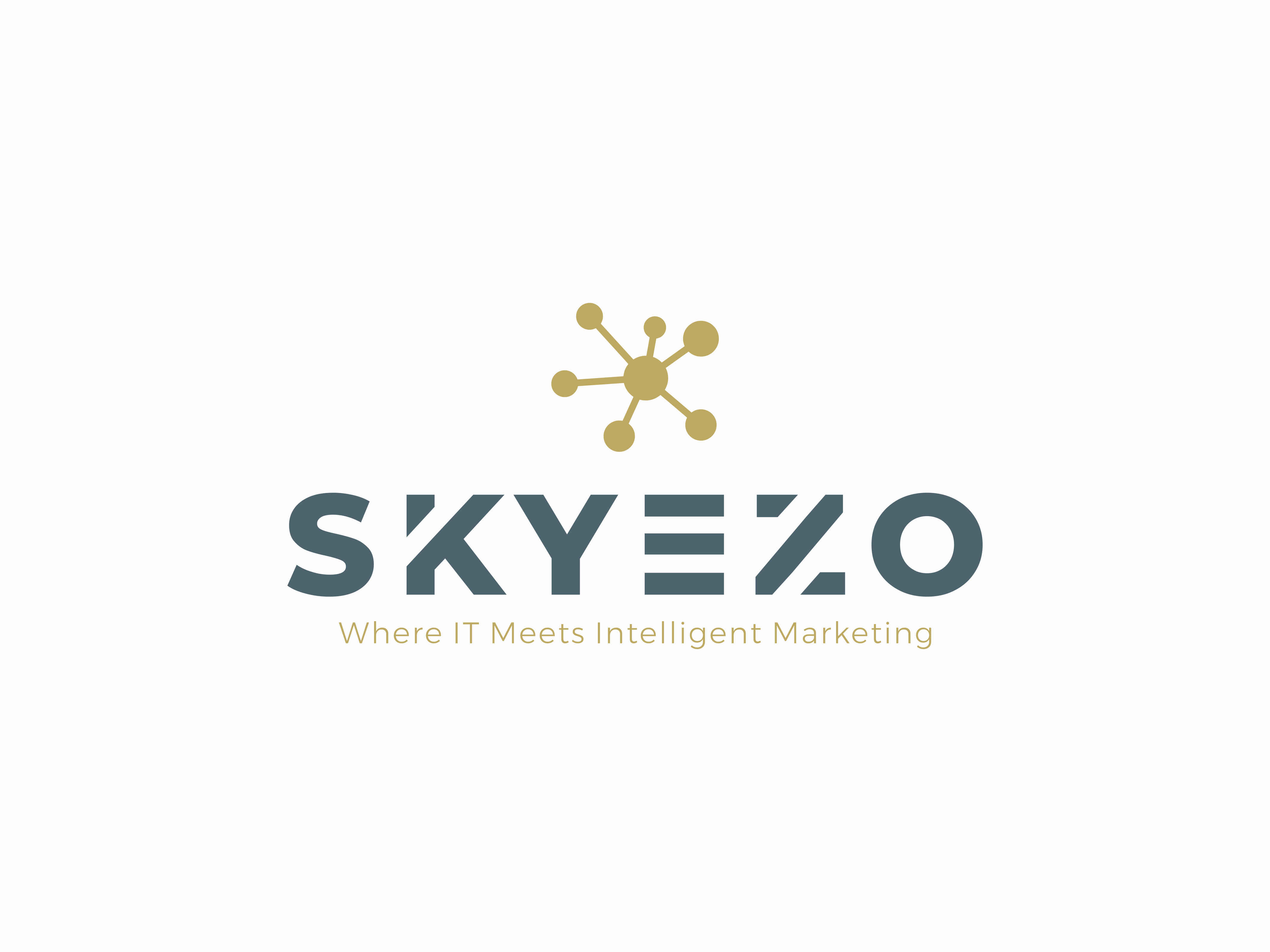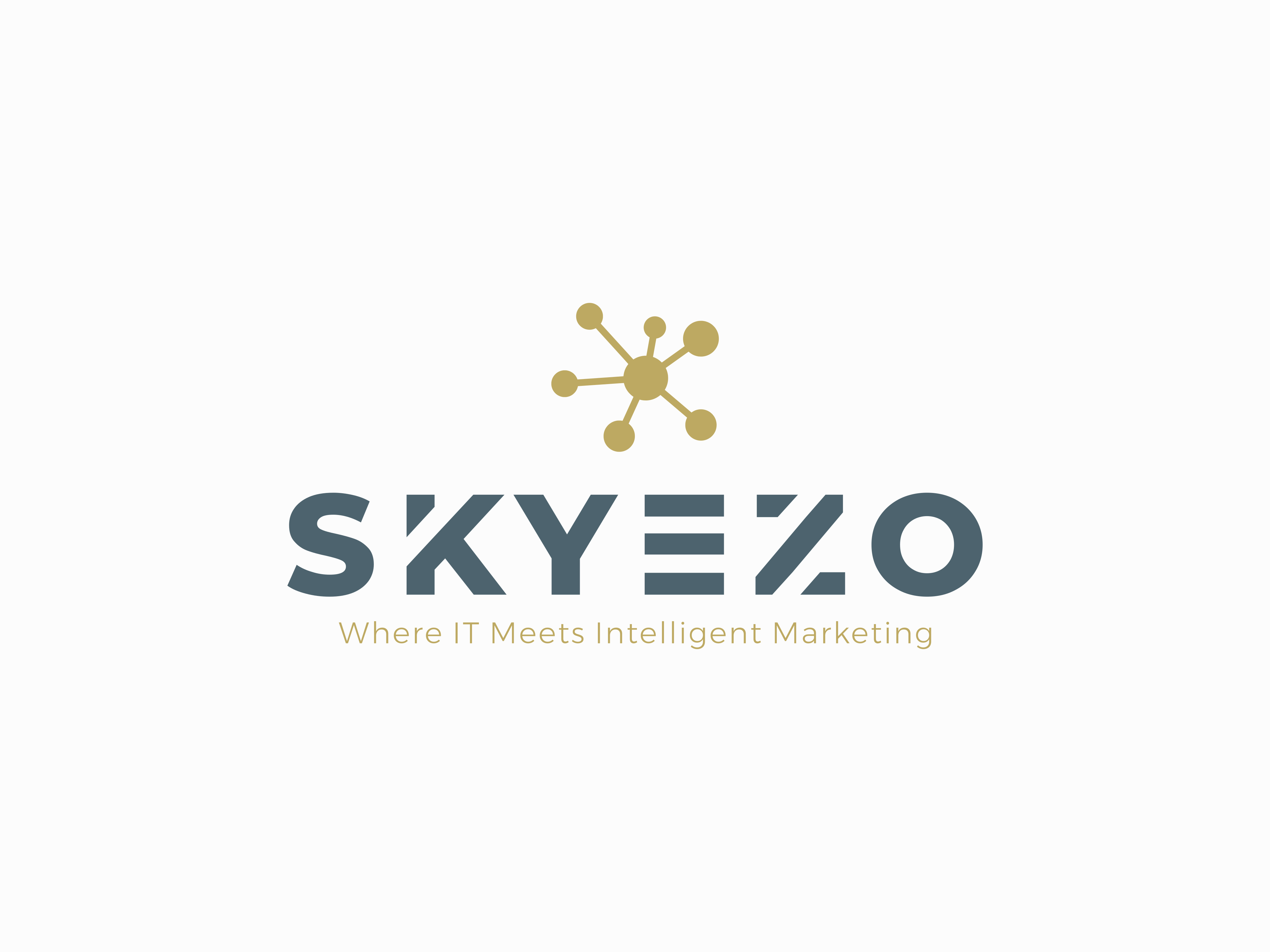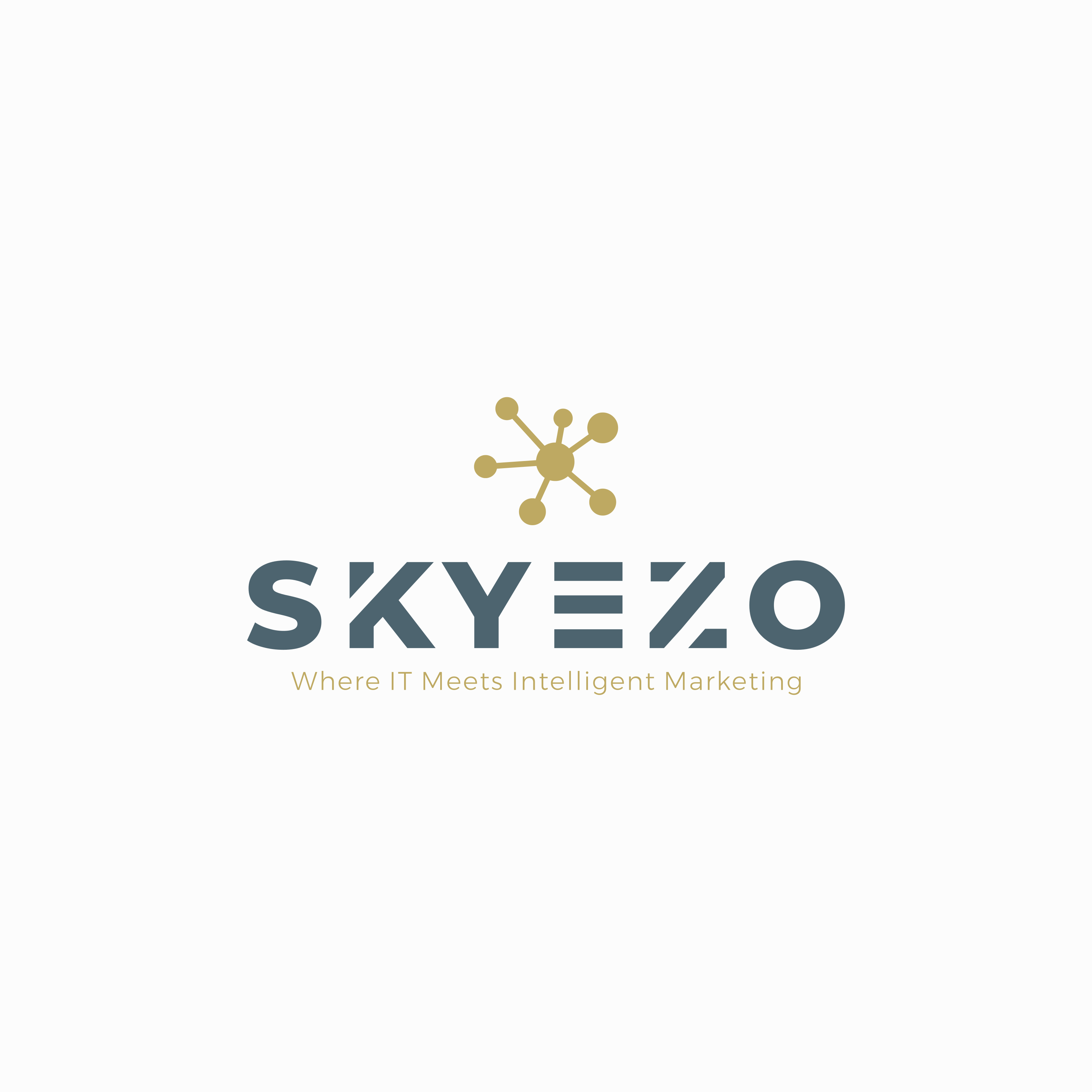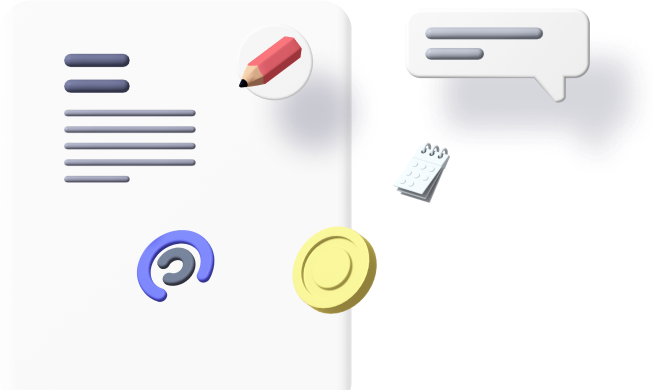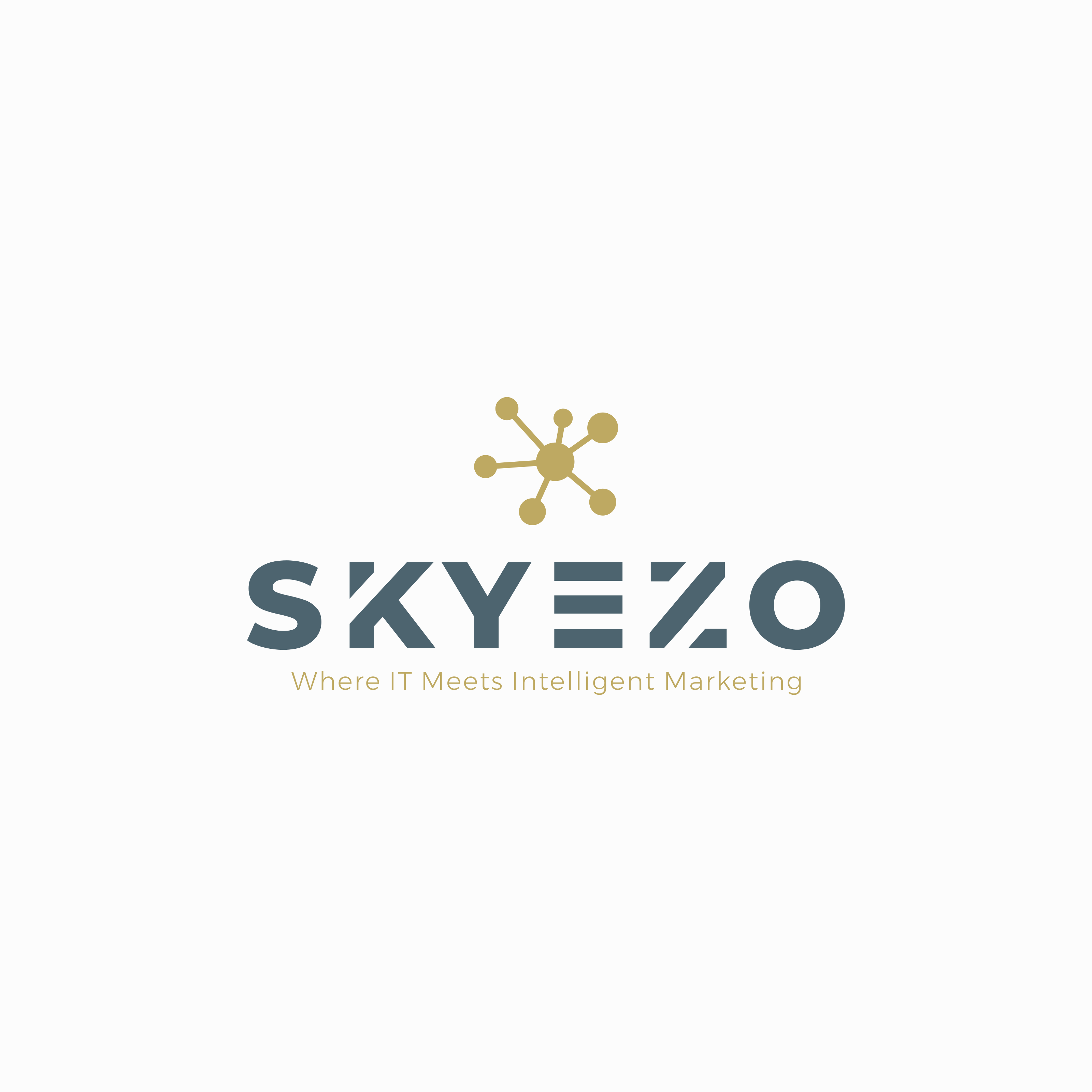
Growing in 2025 isn’t about choosing between marketing and IT—it’s about combining them. When your measurement is accurate, your site is fast and stable, and your content is written for people, every campaign performs better. This 90-day playbook shows exactly how to set that up—step by step—so you can turn more clicks into customers.
1) Get Measurement Right (Week 1)
Why this matters: If you can’t trust your data, you can’t scale your campaigns. Start by setting up three pillars:
-
Google Search Console to see how Google views your pages, find indexing issues, and track the searches that bring visitors. It surfaces errors, coverage status, and performance reports so you can fix problems and double down on what works. GoogleGoogle for DevelopersGoogle Help+1
-
Privacy-safe conversion tracking for ads. Turn on Enhanced Conversions in Google Ads to improve conversion accuracy using hashed first-party data—this unlocks smarter bidding and clearer results. Google Help+1
-
Server-side signaling for social with Meta’s Conversions API so important events still register even when browser tracking is limited. Facebook for Developers+1
Outcome in 7 days: You can see what queries bring traffic, which pages underperform, and which campaigns actually generate leads.
2) Fix the Experience: Speed, Stability, and Interaction (Weeks 1–3)
Great campaigns lose money on slow, jumpy pages. Focus on Core Web Vitals—the real-world metrics Google recommends sites achieve for better Search success and user experience:
-
Largest Contentful Paint (loading)
-
Interaction to Next Paint (interactivity)
-
Cumulative Layout Shift (visual stability)
Google recommends hitting “good” levels for these metrics; Search Console provides a dedicated report so you can spot and prioritize fixes by page group. Google for DevelopersGoogle Help
Quick wins you can implement now
-
Optimize media (compress images, lazy-load below-the-fold content).
-
Reduce render-blocking scripts and unused code.
-
Reserve image/video space with width/height to avoid layout shifts.
These changes directly improve the three Core Web Vitals above, which align with what Google’s core systems aim to reward. Google for Developers
3) Publish People-First Content (Weeks 2–6)
Google’s guidance is clear: create helpful, reliable content primarily designed to benefit people, not to game rankings. Ask: does this page answer a real question with expertise, clarity, and proof? Avoid empty filler; add examples, steps, and outcomes. Google for Developers+1
A simple editorial blueprint
-
One explainer per week (teach a concept with screenshots or diagrams).
-
One how-to per week (step-by-step with a checklist and downloadable template).
-
One case story per month (what changed, how you did it, measurable results).
This approach maps to Google’s “people-first” and SEO starter guidance while giving prospects what they need to say “yes” (clarity, process, proof). Google for Developers+1
4) Structure Pages to Convert (Weeks 3–6)
Even strong content needs the right structure:
-
Clear titles and descriptions that match what’s on the page (Google may rewrite vague titles). Keep them descriptive and unique. Google Help
-
Internal linking to related guides and service pages so visitors (and crawlers) can navigate logically. Google for Developers
-
Landing pages with one goal (request a quote, book a call). Reuse your best social and search headlines here.
-
Schema markup (structured data) on blogs and key pages to help search engines understand your content and become eligible for richer displays. Google Help
5) Launch Paid and Learn Fast (Weeks 4–12)
Use ads to accelerate what’s already working in Search and on social—don’t guess.
-
Start with intent: search campaigns that target the exact problems your guides solve.
-
Amplify winners on social: promote posts that already earned comments and saves; this lowers costs.
-
Retarget engaged visitors with a short, benefit-driven offer (for example: 30-minute consult or first-month bonus).
-
Let your improved measurement work: Enhanced Conversions (Google) and Conversions API (Meta) make your results more complete, helping automated bidding systems steer budget to real outcomes. Google Help+1Facebook for Developers
6) Review, Prioritize, Repeat (Every 2 Weeks)
-
In Search Console, check which queries grew, which pages have low click-through, and where indexing dropped—then fix and expand. Google Help
-
In your ads, move budget to the campaigns tied to verified conversions (thanks to the measurement upgrades above). Google Help
-
In content, expand posts that already bring qualified traffic; add FAQs and internal links where people exit. Google for Developers
A 90-Day Checklist You Can Paste into your Project Board
Week 1
-
Connect Search Console, submit sitemap, inspect key URLs. Google
-
Enable Enhanced Conversions (Google) and plan Meta Conversions API setup. Google HelpFacebook for Developers
Weeks 1–3
-
Fix Core Web Vitals issues on top landing pages: images, scripts, layout stability. Google Help
Weeks 2–6
-
Publish two people-first articles per week (one explainer, one how-to) and internally link them to service pages. Google for Developers+1
Weeks 4–12
-
Launch search ads on high-intent topics from your Search Console data; retarget engaged visitors on social. Google Help
-
Review results bi-weekly; adjust budgets and refresh under-performing titles/descriptions. Google Help
Final Word
Winning in 2025 means aligning measurement, experience, and content. Do this, and ads stop feeling like a gamble—they become an amplifier for what your audience already values. If you want, Skyezo can turn this playbook into a 90-day action plan with page fixes, content topics, and tracking set up end-to-end.



